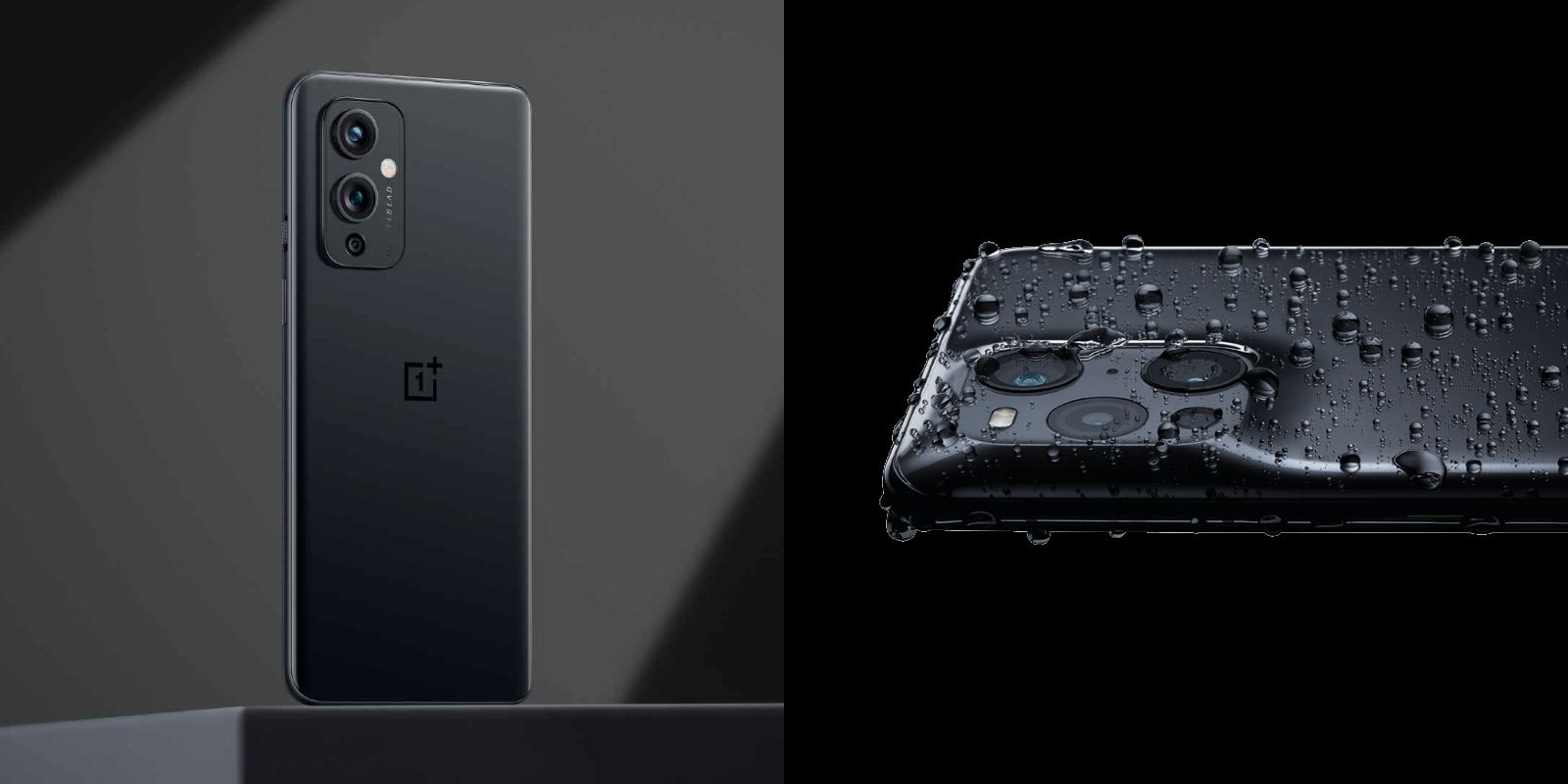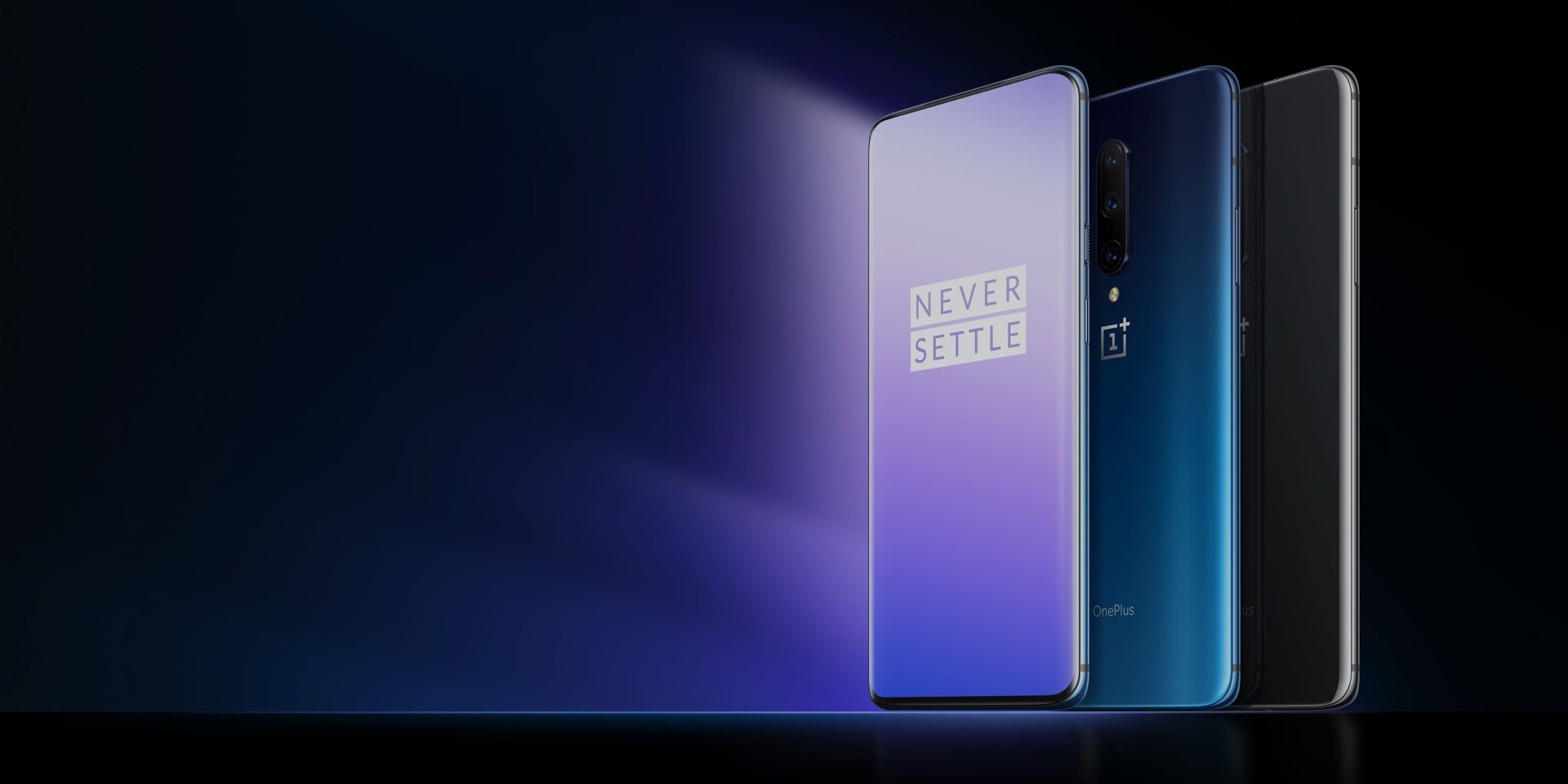Following an official announcement last week that OnePlus and Oppo are integrating a handful of their teams, a leaked internal document has emerged that sheds more light on how things will function behind the scenes. The close ties between the two brands are nothing surprising. OnePlus, Oppo, Vivo, and their respective sub-brands operate under the aegis of China’s BBK Electronics — one of the largest smartphone makers in the world. And, in September last year, OnePlus founder and CEO Pete Lau took the role of SVP at OPLUS — a key stakeholder in OnePlus, Oppo, and Realme.
Oppo has been in the game for a while, offering smartphones across all price brackets, and remains one of the biggest names in the domain. OnePlus started its journey in 2014 with the OnePlus One and rode the ‘flagship killer’ wave to establish itself as the maker of high-end phones that undercut Samsung and Apple flagships. Interestingly, OnePlus has relied on Oppo's production line and supply chain, especially in its early days, and has instead diverted more energy and resources towards the development of its OxygenOS Android skin.
The leaked memo clearly mentions that, following the internal reorganization, OnePlus becomes a brand within Oppo. This is similar to how Realme branched off from Oppo, and IQOO originated from VIVO. But, despite becoming an Oppo sub-brand, the OnePlus brand will continue to operate independently and as a separate entity, at least in the eyes of media and customers. Notably, the leaked internal communique mentions a deeper integration with Oppo that will help OnePlus tap into the supply chain and resources of Oppo to streamline the whole process of making smartphones. Moreover, it will also serve as a more deeply knit platform when it comes to innovation in smartphone technology.
OnePlus Is An Oppo But Operates Separately
The leaked material also confirms that marketing of the two brands will be handled separately and nothing is going to change as far as the points of contact are concerned. More importantly, the strengthening synergy between the two smartphone makers won’t have any impact on OnePlus’s existing carrier partnerships. Notably, OnePlus has a wider reach in North America, while Oppo dominates the sales figures in Southeast Asia and is also making solid gains in Europe as well. As for Lau, he will be overseeing the product strategy of both brands in his role as Chief Product Officer at Oppo, while also serving as the chief at OnePlus.
As far as customers go, not much is going to change for them with OnePlus becoming an Oppo sub-brand. The company will continue to make flagship phones as well as budget offerings under the Nord brand, while also expanding its product portfolio which includes a smartwatch, fitness band, smart TVs, and chargers to name a few. For folks worried about the security of their data, OnePlus assures that the data of OnePlus users will continue to be stored separately on its own servers.
However, things get interesting when it comes to software. The leaked memo clearly instructs that the reader (likely the product and marketing team) should avoid any questions about the future of OxygenOS and ColorOS following last week’s announcement. OnePlus phones launched in China run HyrdrogenOS, while those sold in the other markets arrive with OxygenOS. However, starting with the OnePlus 9 series, phones in China will run Oppo's ColorOS skin instead of HydrogenOS, while OxygenOS will remain a mainstay on global units for the foreseeable future.
OnePlus has lately been pushing the boundaries, both in terms of hardware innovation and pricing. Take, for example, the OnePlus 9 Pro, which arrived packing custom Sony sensors and some tuning magic from Hasselblad. Oppo, on the other hand, has been quite generous with experiments and innovation at its flagship tier over the years. With Oppo's R&D and expertise at its disposal, OnePlus can definitely switch the gears of innovation and improve its smartphones at a faster pace. Oppo and OnePlus will function separately in the eyes of customers, but in the background, they now share more resources than before and will continue to operate under the same parent company.
Source: Evan Blass/Twitter


